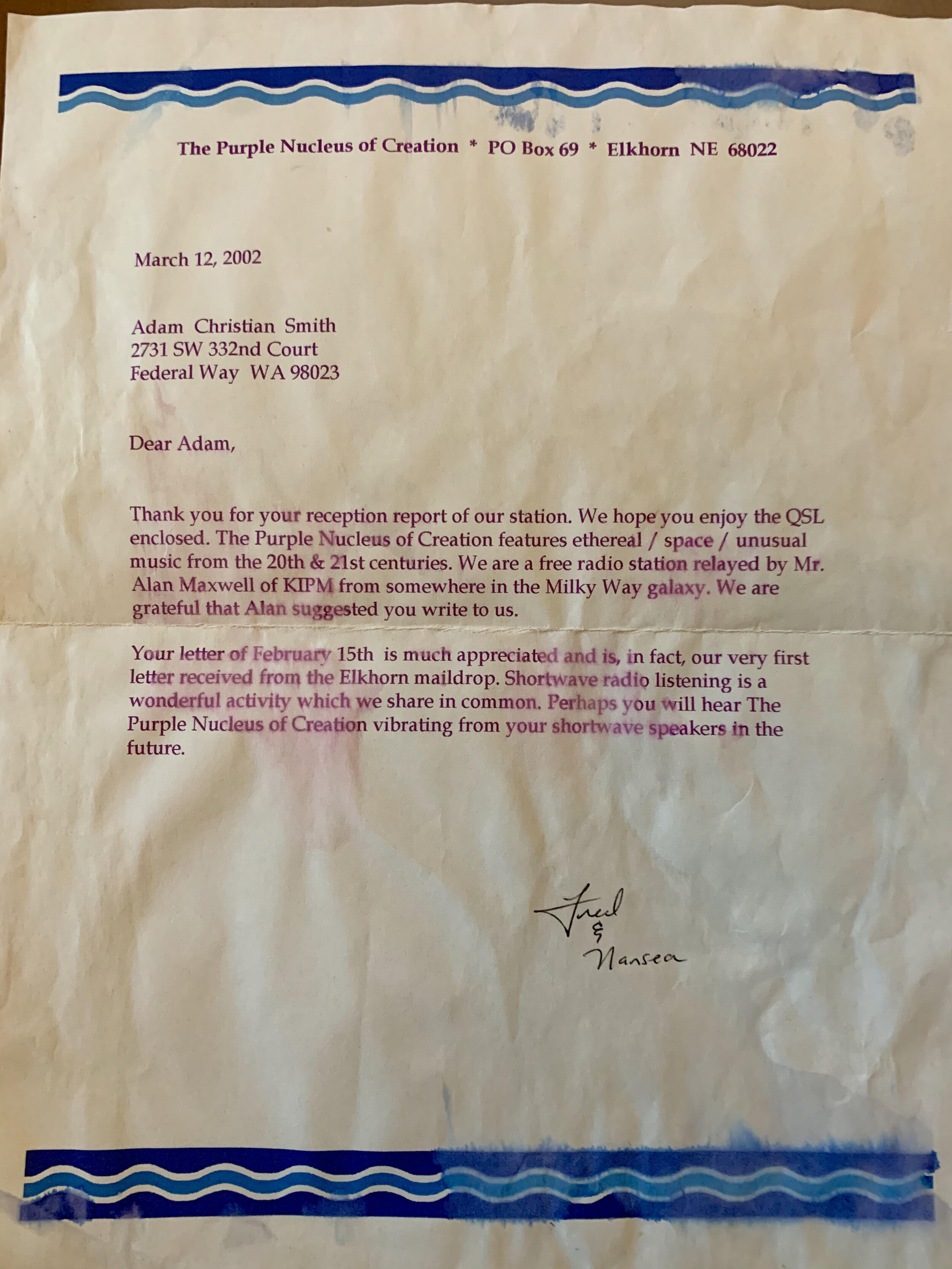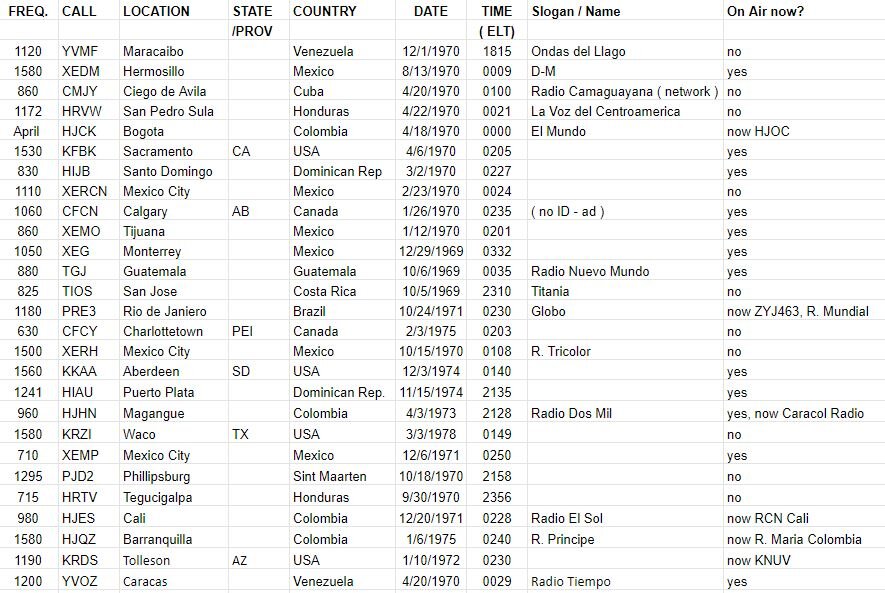Radio Free America was a religious pirate station that was on the air for a day on September 19th, 1973 from a converted WWII minesweeper located about 12 miles off Cape May, New Jersey. The founder and operator was Carl McIntire whose WXUR in Media, PA was shut down by the FCC.
As described in this article the broadcasts lasted only about 10 hours due to technical difficulties, but there was time enough for a number of listeners along the U.S. east coast to hear the station on 1160 khz mediumwave. And although this item isn’t technically about shortwave, there were reports that McIntire intended to re-start his station on shortwave, but a review of the historical record doesn’t turn up any mention of that happening..
A longer article in 2014 (upated in 2019) describes the history of Radio Free America and McIntire’s battles with the FCC and notes that he was a pioneer of pirate radio as well as a controversial religious figure. Wikipedia on McIntire has some other interesting history, including “in the 1970s when McIntire organized a half dozen pro-Vietnam War "Victory Marches" in Washington, D.C. The march of October 3, 1970 was supposed to have featured South Vietnamese vice-president Nguyen Cao Ky, but the Nixon administration ensured that Ky would not be present.”
It’s unknown how many other recordings of Radio Free America exist in the surviving radio listening community in 2020. My recording was made, as I recall, on a Hammarlund HQ-180A tube receiver which I used for years as my main DXing receiver and which also had a reputation as a superb mediumwave receiver.
It’s difficult to make out all of the details clearly, but McIntire can be heard with an opening ID at approximately 1 minute 42 into this recording as he says: “Radio Free America, out in the North Atlantic…goes on the air. It’s now 12:24, September 19th, 1973….at 1160 on the dial….this is Carl McIntire….” There is an even clearer ID at about the 3 minute 30 second mark when he goes on to talk about “the right to free speech” and “free radio” and says “this is Carl McIntire speaking to you from the North Atlantic, Radio Free America just on the air [for] two minutes..”
There is even more great stuff later, at around the 30 minute mark, when McIntire notes that “NBC Cameramen” are due on the ship, and talks about the ship being anchored “just outside the 12 mile limit…we’re going to cruise off Atlantic City, on up to Asbury Park, Ocean Grove in that area, and we will cruise back down along the Delaware coast, and the eastern shore, so we can get a big strong signal if it’s necessary into the Washington, DC area. If the FCC is listening I say to these men in that commission, gentlemen fear God. . . that is my pray to you….all we want is the kind of liberty that the Constitution gives us..”


































